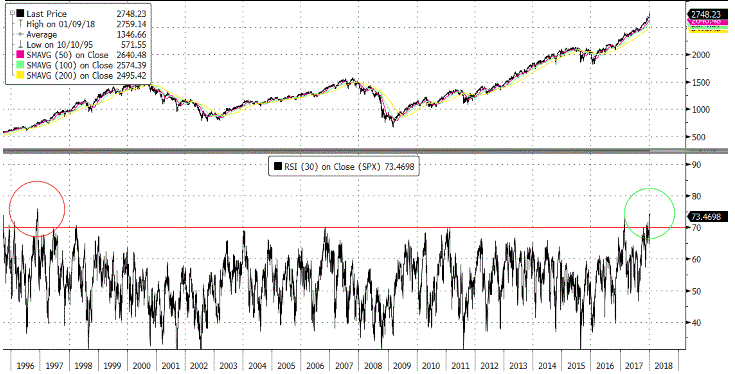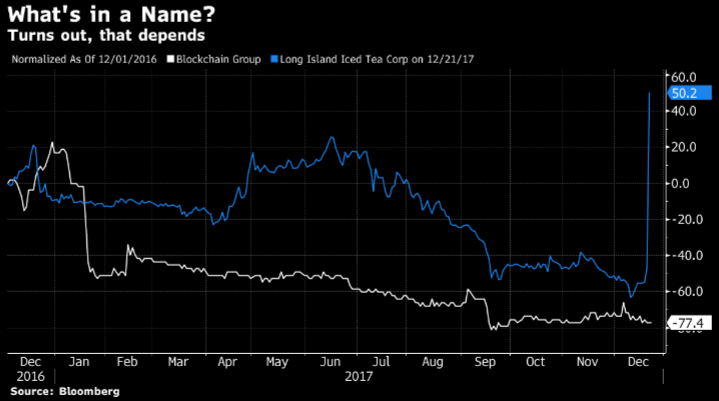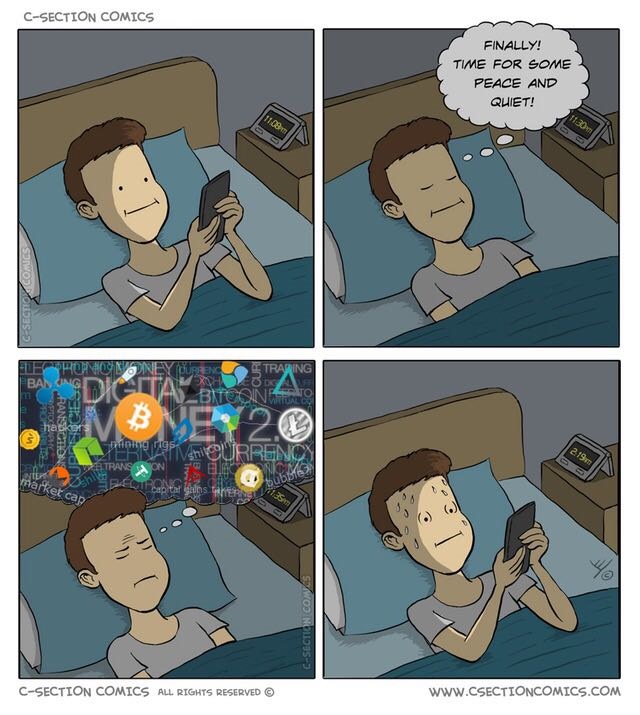Eyes Wide Shut
“Capital flows drive short-term market behavior far more powerfully than valuation.” – Stan Druckenmiller.
Hong Kong traditionally enjoys about two full months of cool weather all year, and it only drops down to what might actually be considered “cold” about once or twice during the season. This past week was one of those cold spells and the weather dropped down to the single digits on Tuesday night.
Now winter wouldn’t be nearly as bad if Hong Kong actually had central heating in their buildings. But they don’t. Instead they keep the air conditioning on. So in turn, everyone freezes their asses off here, even when indoors.
My office is ridiculously cold. No joke, some of my colleagues sit at their desk all day wearing North Face down jackets indoors because it’s actually colder in the building than it is outside.
Admittedly, I’ve become somewhat of a softie after having lived over here now for over 12 years (I mean 9 degrees celsius is in the 50’s Fahrenheit…cmon now!) and you can also spot the European tourists in the winter because they walk around town with tee shirts like its nothing.
This morning I sat down at my desk shivering only to over hear a morning call from one of our brokers that was put on speaker phone in the conference room:
“Due to an improving economic environment, business confidence, the tax bill and rising commodity prices, we’ve dropped our cautious view and turned bullish on U.S. equities for 2018…”
Really??
In the 8 trading days that started off this new year, global markets have been on a tear. US equity indices have defied all odds yet again and continue to print new highs.
Each month the American Association of Individual Investors (AAII) publishes a survey of its members regarding their current asset allocation between stocks, bonds and cash. The December stock allocation reading clocked in at a whopping 72% up from 69% the month prior.
That’s the highest it’s been since the 2000 dotcom bubble.
Whether it be stocks or fantasyland (crypto) everyone seems to be making comparisons to the madness of the dotcom bubble.
We’ve spoken at length before about CAPE and the lofty valuations of the markets. As investors, we also know that fundamentally, a company’s stock price reflects the valuation of an expected future stream of cash flow or earnings. For some reason it feels like investors have forgotten the fact that valuations cannot grow indefinitely (or exponentially like many of the cryptocurrencies have as of recent).
Look At The Chart
So if fundamentals are out, then how about them technicals?
A quick look at the S&P 500’s RSI reading below shows us that stocks are well into “overbought” territory and at the highest level in 20 years, since the late 1990s. Momentum traders may see this as a bullish signal but in truth it makes me very nervous. Call me a contrarian if you want but I just can’t see this ending well.

Source: Bloomberg
Despite the slew of risks that are ever present in the market these days, people want to believe that everything is fine. Investors, by human nature, are intrinsically long biased. Even Fed chair Janet Yellen has said on record that she does not see another financial crisis occurring in our lifetimes.
Speaking of risks, just yesterday China announced that they might be slowing down or halting purchases of US Treasuries. We know that China is the largest holder of US Treasuries owning nearly 20% of all the debt held by foreign countries.
Now whether this was political posturing or not, the impact of such a move is clear: higher yields and weaker dollar. Throw in a couple of rate hikes and a couple of corporate defaults and we have ourselves a correction!
Back To The Lecture At Hand
Alright, fiiiine. Let’s talk about crypto (since I know that’s all you care about anyway…).
In this manic world of cryptocurrencies, newsflow flies around just as fast as breakouts and sell offs happen in the actual tokens. In fact it is often the chatter itself that causes the very sharp moves we see on a daily basis.
I hereby present to you two non-traditional ways to make money of this crypto craze, without having to hodl onto your tokens and pray that the Greater fool theory plays out.
An Oldie But A Goodie
If you happen to be a business owner, your best bet at this point is to include anything blockchain related in your business and announce it. Hard. Or better yet, change your listed company’s name to include the word “blockchain”.
This is a classic strategy from back in the dotcom era and not surprisingly, this tactic still works.
Whether it is actually implementing (or claiming to) blockchain technology as part of your business as we saw Kodak do (which gave them a nice hockey stick boost in their share price of 245% in 2 day), or simply making brash claims like Long Island Ice Tea pulled off in December…one thing is clear: it’s an easy way to get a nice boost in your market cap.
Hong Kong is not without its fair share of ethically questionable companies jumping on this bandwagon including this one called Blockchain Group (364.HK). This tea product manufacturing company (www.pingshantea.com.hk) actually proposed their name change first, well over a year ago but only got around to making the switch in November 2017.

Sadly the impact of that change wasn’t as profitable as the successor Long Island company’s.
Arbitrage It
Ok so for those of us that don’t have listed companies…what else ya got?
For someone who took so long to finally capitulate and “get involved” in this mania, somehow I’ve found myself added to no less than three crypto Slack channels, two different Whatsapp groups, and two more Telegram groups. I don’t catch 99% of the chatter in these various chats, so I ended up just deleting myself off of all of them except one Whatsapp group.
The last chat I’m in is with some Hong Kong peeps, a few of them own exchanges here local and Bitcoin ATMs. After hearing about some of the madness that these exchange operators witness on a daily basis, I finally learned how people successfully arb the exchanges.

Here’s one option involving the Korean exchanges as Korea happens to be one of the largest market participants in crypto, causing price discrepancies of up to 60% in the various tokens (Korean exchanges always trade at a premium due to high demand).
Because of the spread differential between the various exchanges these crypto traders are flying in from Korea and withdrawing cash from local or Macau banks. They then deposit this cash directly into a crypto exchange, buy coins, transfer and then sell them back on Korean exchanges to make the spread.
Then they exchange the token from their Korean exchange to fiat by withdrawing it to a local Korean bank, after which they wire the proceeds to a bank in HK or Macau, then withdraw cash and rinse and repeat.
If these arbitrageurs time it just right and make the wire cutoff times, they can get in two or three cycles every day.
After that they head to Macau and gamble all night and then go to “work” the next day back in Hong Kong to do it all over again.
Errors of commission versus errors of omission
2018 is shaping up to be a very interesting year. No one can predict what the future holds, but as for me I would gladly and knowingly commit errors of omission over errors of commission.
Now why on earth would I do that?
Quite simply, errors of commission cost you hard earned cash. Errors of omission, cost you…well…nothing. Investors should continue to focus on capital preservation this year as opposed to capital appreciation and learn to tune out the FOMO and noise that is often proliferated by mainstream media.
These are trying times for fundamental investors…stay vigilant my friends!

